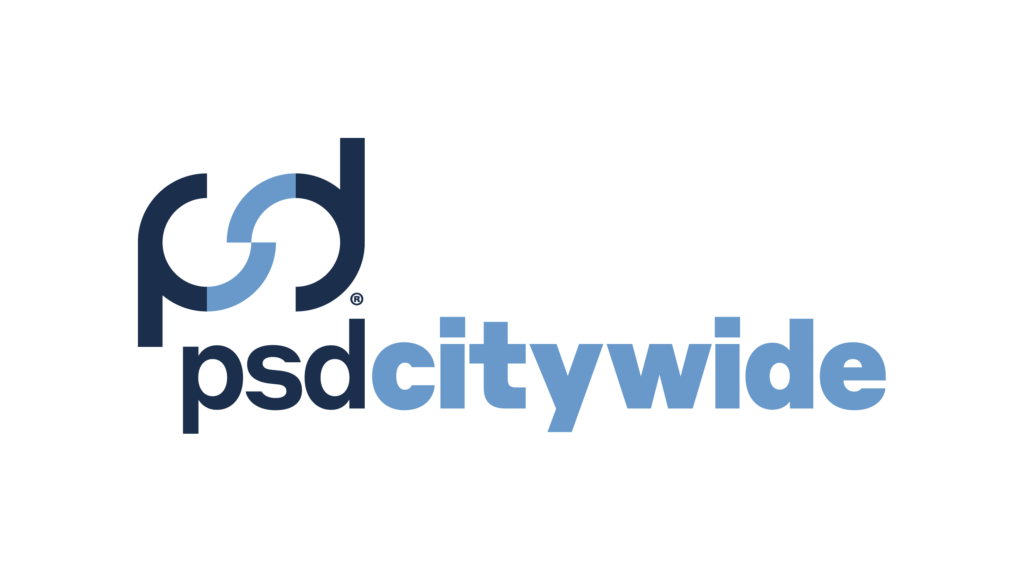The history of North American Indigenous communities is largely defined by both the resilience of Indigenous people and the lasting impacts of colonization. European colonization led to the displacement, dispossession, and violence against these communities, resulting in generational trauma and cultural disruption. Factors such as residential schools, forced assimilation, and the destruction of traditional lands and practices have created a legacy that continues to reverberate through Indigenous societies today.
As societies grapple with the consequences of historical injustices and seek a path toward healing and equity, the concept of reconciliation has gained significant deliberation in recent years. The journey toward reconciliation is far from smooth, however, as it is marked by a complex set of challenges that continue to impede Indigenous communities from fostering self-determination, spiritual and economic solitude.
Challenges Impacting Indigenous Communities
While not a comprehensive list, some of the core challenges impacting Indigenous communities include:
Climate Change
The impacts of climate change such as rising sea levels and an increase in natural disasters threaten the viability of many of the traditional and integral practices that define Indigenous culture. Due to longstanding unmet infrastructure needs and deferred maintenance challenges, Indigenous communities are particularly vulnerable to infrastructure disruptions as a result of climate change.
Socioeconomic Disparities
Limited access to quality education, healthcare, and infrastructure inhibits opportunities for growth and development. Consequently, higher unemployment rates and inadequate housing within tribal and Indigenous communities contribute to a cycle of poverty that can be difficult to break.
Land and Resource Rights
The exploitation of Indigenous lands and resources without meaningful consultation or consent remains a contentious issue. Indigenous communities’ connection to their ancestral lands is not only spiritual but also vital for sustenance and traditional practices. Land disputes and resource extraction without fair benefit-sharing further undermine Indigenous rights.
Legal and Political Barriers
Despite the recognition of Indigenous rights in various legal frameworks, bureaucratic hurdles and political challenges often impede their realization. Navigating complex legal processes to assert land rights or protect cultural heritage can be exhausting and discouraging for Indigenous communities.
Limited Representation
Inadequate representation in decision-making processes at local, regional, and national levels hampers the ability of Indigenous communities to advocate for their needs effectively. Meaningful participation is essential to ensure that policies and initiatives are responsive to the diverse needs of these communities.
Moving Forward: Paths to Reconciliation
In Canada, documents like the Truth & Reconciliation Commission’s 94 Calls to Action define the desired courses of action that all levels of government can take to start to repair the harm caused by colonization and residential schools. Specifically, improving access to quality education and healthcare services is essential to address disparities and empower Indigenous individuals and communities, just as much as reviving and preserving Indigenous languages, traditions, and practices are vital for strengthening cultural identity and resilience.
Funding limitations are often identified as a barrier to the planning or implementation of climate adaptation or mitigation actions, and most Indigenous communities pursue a mix of traditional subsistence that includes agriculture, hunting and gathering, fisheries, and forestry, among many other traditional practices. In the U.S., billions of dollars of investments in the American Rescue Plan and the Bipartisan Infrastructure Law established by the Biden-Harris Administration are aimed at addressing the immediate impact of the economic fallout in Tribal communities, as well as pervasive structural barriers that restrict economic growth and limit economic opportunities within such communities.
While a substantial number of Indigenous-targeted funding opportunities are offered through organizations such as Indigenous Services Canada (ISC) and the Bureau of Indian Affairs (BIA), they oftentimes necessitate a certain degree of organizational management, timeliness, broadband access, and other financial resources that aren’t a reality for many Indigenous communities. As a result, various grant programs are drastically underutilized and may become obsolete as budgets are examined and consequently rearranged. Establishing strong asset management practices can better prepare Indigenous communities to apply for funding that supports large infrastructure projects since it provides pertinent information regarding the current capabilities and long-term capacity of any given community to take on new growth. Similarly, a robust asset management program will ease the pressures of managing reporting requirements that usually accompany the distribution of substantial grant funding, as it eliminates the reliance on complex spreadsheets and sorting through traditionally long paper trails.
How Asset Management Programs Support Reconciliation
Asset management programs and advisory services encourage Indigenous communities to take a holistic and strategic approach to managing their assets. This approach ensures that benefits are sustained over time, allowing communities to thrive economically and culturally for generations to come.
Municipal software and advisory services help advance reconciliation efforts within Indigenous communities by addressing socioeconomic disparities, fostering sustainable economic development, and promoting self-determination by assisting with the implementation of robust asset management programs. Integrated software can assist Indigenous communities by identifying, leveraging, and extending the life of their existing resources, such as land, natural resources, and cultural assets through proper long-term planning and maintenance management.
Undertaking the development of high-level documents like an Asset Management Policy, Plan and Strategy is one of the first steps that communities can take to define the roles and responsibilities required for staff, systems, and processes to function as efficiently as possible. Once equipped with these guiding documents, it becomes much more feasible to collect and assess asset conditions that determine a community’s current and proposed Levels of Service (LoS). After creating a detailed inventory of the assets, maintenance software empowers communities to improve their workflows, classify work orders, and accurately calculate resource needs. By prioritizing asset conditions and addressing capacity barriers, these asset management tools contribute to reducing inequalities and enhancing overall well-being within Indigenous communities.
Additionally, PSD Citywide Advisors are available to assist communities with the implementation of asset management plans, strategies, policies, and more that align with community values and priorities. This helps foster economic growth and reduces dependency on reactive maintenance procedures within communities.
Conclusion
The journey toward reconciliation in North American Indigenous communities is complex, requiring a multi-faceted approach that addresses historical trauma, systemic challenges, and the quest for cultural preservation. While significant strides have been made, much work remains to be done to address the socioeconomic, cultural, and political disparities that continue to impact Indigenous communities. Establishing robust asset management programs has the ability to empower Indigenous communities to identify their own development priorities, setting the course for their economic future. PSD Citywide proudly works with Indigenous communities to design and implement governance systems that empower data-driven decision-making and resource prioritization, offering greater transparency and accountability across the board.



